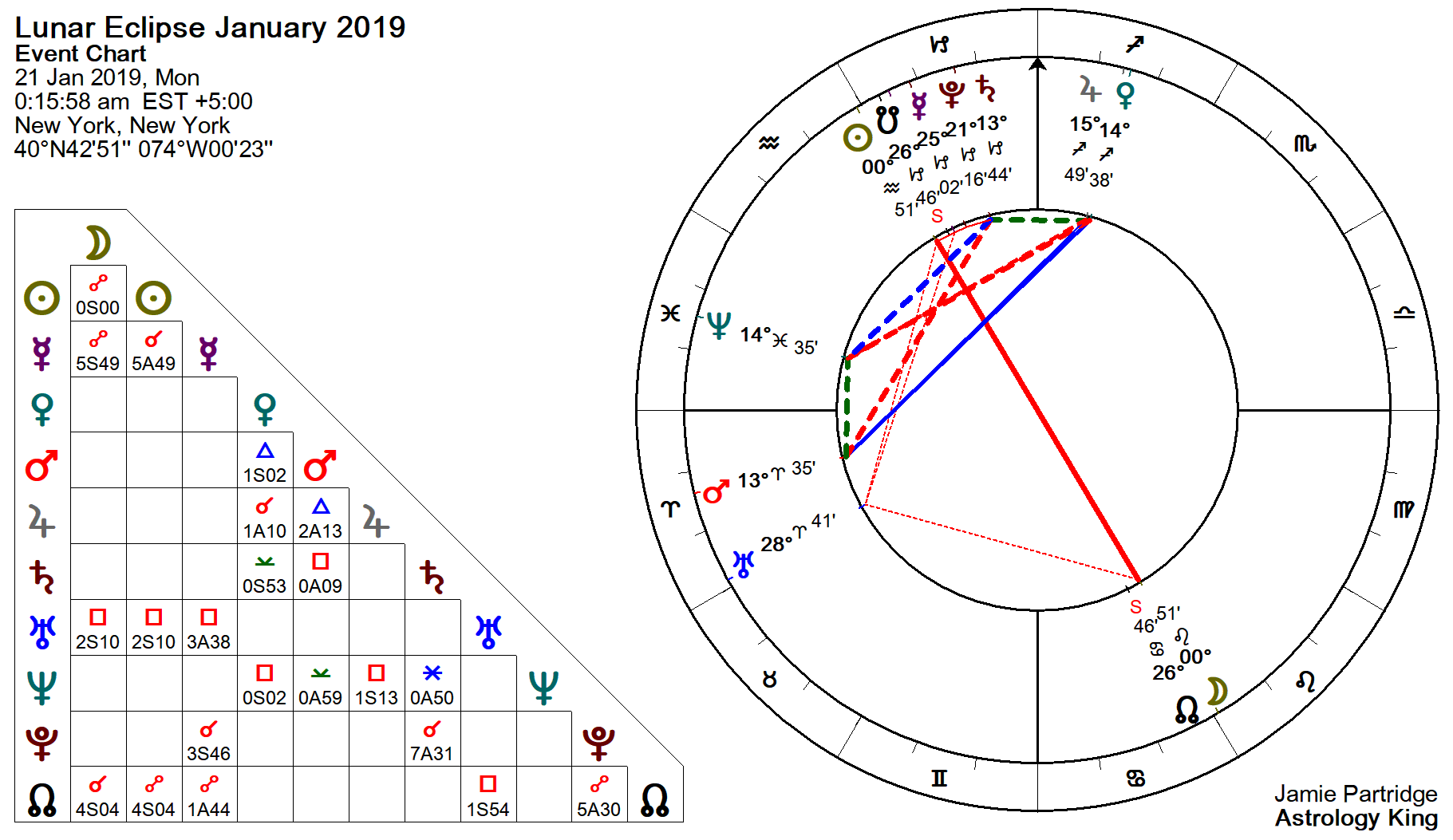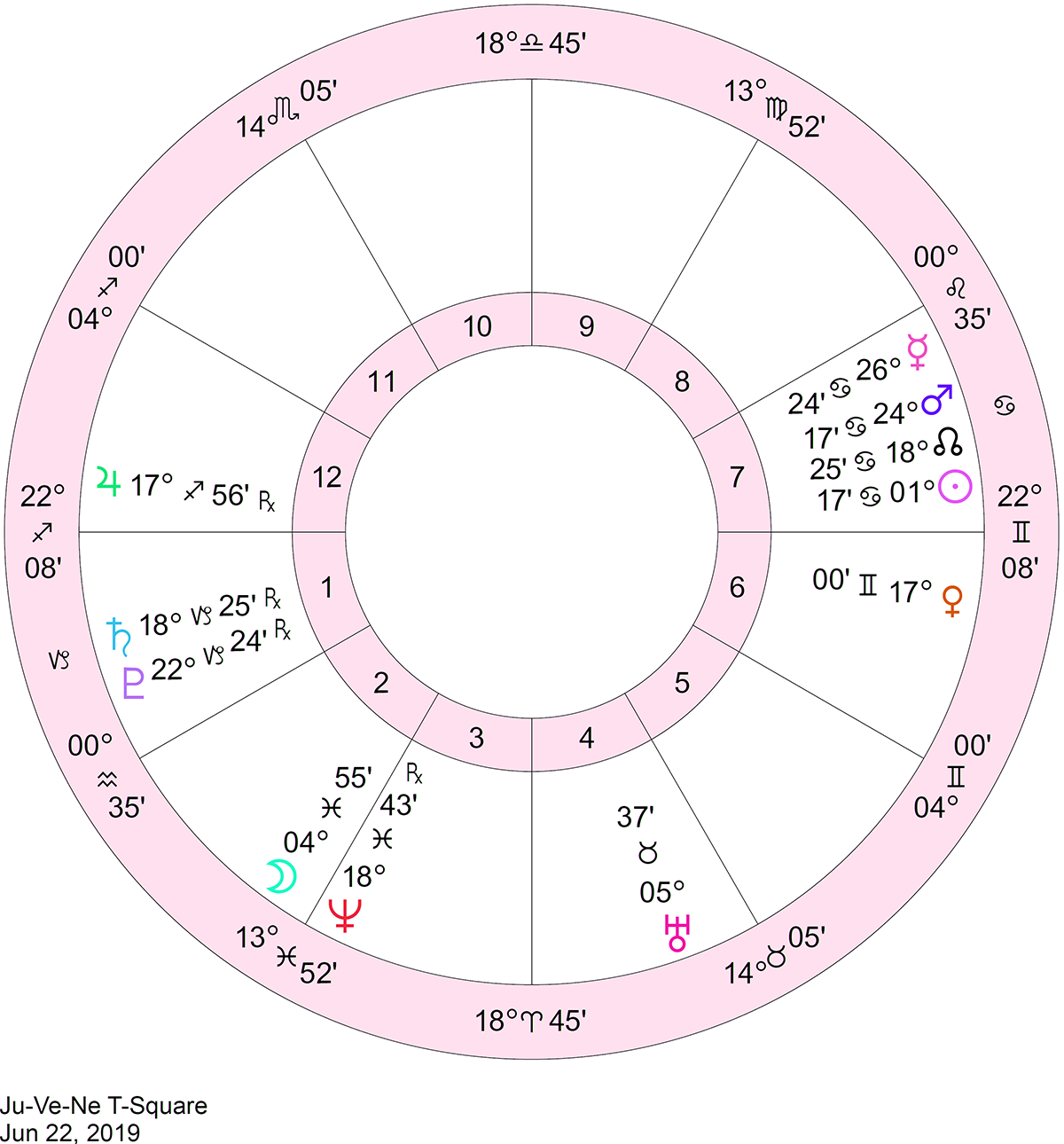- Mercury's Retrograde, Direct & Ingress Dates
- Moon Tracks Astrology Calendars
- Mercury enters Capricorn
Mercury conjunct Saturn in Capricorn. Jupiter in Sagittarius square Neptune in Pisces. Mercury in Capricorn sextile Neptune in Pisces. Venus in Sagittarius trine Mars in Aries. Mercury conjunct Pluto in Capricorn. Sun in Capricorn square Uranus in Aries. This is also a total lunar eclipse, the first one in , visible in Europe, Asia, Africa, North and South America, Pacific, Atlantic, Indian and Arctic Ocean — s time for self-expression, with creativity and originality.
Mercury's Retrograde, Direct & Ingress Dates
Venus in Sagittarius square Neptune in Pisces. Mars in Aries square Saturn in Capricorn. Venus conjunct Jupiter in Sagittarius. Mars in Aries trine Jupiter in Sagittarius. Sun conjunct Mercury in Aquarius. Share the post "January — Planetary Overview: Major Astrological Aspects and Transits".
This privacy policy sets out details about what data we collect and how we use it. If you want to continue on this site, click YES. Major Astrological Aspects and Transits T September 9 - Neptune at Opposition. The blue giant planet will be at its closest approach to Earth and its face will be fully illuminated by the Sun.
This is the best time to view and photograph Neptune. Due to its extreme distance from Earth, it will only appear as a tiny blue dot in all but the most powerful telescopes. September 14 - Full Moon.
This full moon was known by early Native American tribes as the Full Corn Moon because the corn is harvested around this time of year. This moon is also known as the Harvest Moon. The Harvest Moon is the full moon that occurs closest to the September equinox each year.
- 2019 Calendar;
- astrology vs astronomy for kids.
- horoscope time table!
- aquarius daily horoscope february 24 2019.
- leo daily horoscope january 1 2019?
- 2019 Astrological Aspects.
September 23 - September Equinox. The September equinox occurs at This is also the first day of fall autumnal equinox in the Northern Hemisphere and the first day of spring vernal equinox in the Southern Hemisphere.
September 28 - New Moon. October 8 - Draconids Meteor Shower. The Draconids is a minor meteor shower producing only about 10 meteors per hour.
It is produced by dust grains left behind by comet 21P Giacobini-Zinner, which was first discovered in The Draconids is an unusual shower in that the best viewing is in the early evening instead of early morning like most other showers. The shower runs annually from October and peaks this year on the the night of the 8th. The first quarter moon will set shortly after midnight leaving fairly dark skies for observing.
Best viewing will be in the early evening from a dark location far away from city lights. Meteors will radiate from the constellation Draco, but can appear anywhere in the sky. October 13 - Full Moon. This full moon was known by early Native American tribes as the Full Hunters Moon because at this time of year the leaves are falling and the game is fat and ready to hunt.
This moon has also been known as the Travel Moon and the Blood Moon. October 20 - Mercury at Greatest Eastern Elongation. October 21, 22 - Orionids Meteor Shower. The Orionids is an average shower producing up to 20 meteors per hour at its peak. It is produced by dust grains left behind by comet Halley, which has been known and observed since ancient times.
The shower runs annually from October 2 to November 7. It peaks this year on the night of October 21 and the morning of October The second quarter moon will block some of the fainter meteors this year, but the Orionids tend to be fairly bright so it could still be a good show. Meteors will radiate from the constellation Orion, but can appear anywhere in the sky.
October 27 - Uranus at Opposition.
Moon Tracks Astrology Calendars
The blue-green planet will be at its closest approach to Earth and its face will be fully illuminated by the Sun. This is the best time to view Uranus. Due to its distance, it will only appear as a tiny blue-green dot in all but the most powerful telescopes.
October 28 - New Moon. November 5, 6 - Taurids Meteor Shower. The Taurids is a long-running minor meteor shower producing only about meteors per hour. It is unusual in that it consists of two separate streams. The first is produced by dust grains left behind by Asteroid TG The second stream is produced by debris left behind by Comet 2P Encke.
The shower runs annually from September 7 to December It peaks this year on the the night of November 5. The first quarter moon will set shortly after midnight leaving dark skies for viewing. Best viewing will be just after midnight from a dark location far away from city lights.
Meteors will radiate from the constellation Taurus, but can appear anywhere in the sky. The planet Mercury will move directly between the Earth and the Sun.
Viewers with telescopes and approved solar filters will be able to observe the dark disk of the planet Mercury moving across the face of the Sun.
This is an extremely rare event that occurs only once every few years. The next transit of Mercury will not take place until The best place to view this event in its entirety will be the eastern United States, Central America, and South America. Transit Visibility Map and Information.
November 12 - Full Moon. This full moon was known by early Native American tribes as the Full Beaver Moon because this was the time of year to set the beaver traps before the swamps and rivers froze. It has also been known as the Frosty Moon and the Hunter's Moon. November 17, 18 - Leonids Meteor Shower. The Leonids is an average shower, producing up to 15 meteors per hour at its peak.
This shower is unique in that it has a cyclonic peak about every 33 years where hundreds of meteors per hour can be seen. That last of these occurred in The Leonids is produced by dust grains left behind by comet Tempel-Tuttle, which was discovered in The shower runs annually from November It peaks this year on the night of the 17th and morning of the 18th.
The second quarter moon will block many of the fainter meteors this year, but if you are patient you should be able to catch quite a few of the brightest ones.
Meteors will radiate from the constellation Leo, but can appear anywhere in the sky. November 24 - Conjunction of Venus and Jupiter.
A conjunction of Venus and Jupiter will be visible on November The two bright planets will be visible within 1. Look for this impressive sight in the western sky just after sunset. November 26 - New Moon. November 28 - Mercury at Greatest Western Elongation. December 12 - Full Moon. This full moon was known by early Native American tribes as the Full Cold Moon because this is the time of year when the cold winter air settles in and the nights become long and dark.
December 13, 14 - Geminids Meteor Shower. The Geminids is the king of the meteor showers. It is considered by many to be the best shower in the heavens, producing up to multicolored meteors per hour at its peak.
- february 24 astrology tlc.
- pisces horoscope for 25 february 2019!
- 2019 Planetary Overview;
- Monthly Astro Calendar January , Astrology Horoscope Calendar Online | jakubzidek.cz?
It is produced by debris left behind by an asteroid known as Phaethon, which was discovered in The shower runs annually from December It peaks this year on the night of the 13th and morning of the 14th.
Unfortunately the nearly full moon will block out many of the meteors this year, but the Geminids are so bright and numerous that it could still be a good show.
Meteors will radiate from the constellation Gemini, but can appear anywhere in the sky. December 22 - December Solstice. Read interpretations of Mercury Retrograde in Transit for a more personalized meaning of the transit cycle. What is Venus Retrograde? Occasionally, Venus appears to be moving backwards in the sky.
Venus is Retrograde approximately days every 18 months. As the planet of love and values, Venus retrograde periods are times when we re-assess what—and who—we value. It is a period that most astrologers consider inopportune for getting married or starting a new relationship. Brand new financial undertakings are not advised during this period as well.
There may be delays or confusion in relationships and financial affairs. Read more about Venus Retrograde cycles. What is Mars Retrograde?
Mercury enters Capricorn
Occasionally, Mars appears to be moving backwards in the sky. When Mars is in its retrograde cycle, we are forced to re-assess our current projects, our approach to getting what we want, and our desire nature.
Rather than directly asserting our desires, we tend towards introspection. We can be hesitant about taking action, second-guessing our instincts or our natural impulses rather than acting upon them.
Jupiter is retrograde in from April 10 to August 11, , in the sign of Sagittarius. Saturn is retrograde in from April 29th to September 18th, , in the sign of Capricorn.
Uranus completes its retrograde that began on August 7, , in on January 6th, , and will retrograde again in August Uranus is retrograde from August 11th, , until January 10th, , in the sign of Taurus.
Neptune is retrograde in from June 21st to November 27th, , in the sign of Pisces. Pluto is retrograde in from April 24th to October 2nd, , in the sign of Capricorn. See more years of transiting chart patterns. See the Eclipses page for more information about current and upcoming eclipses.

The following is a January 1st, chart with 0 Aries houses. Note that the year begins at different times around the world and the chart will be a little different in different areas. Outer planet transits in the year , excerpted from the Day Watch Report Package.
In the Day Watch report package, the following transits are mixed with personal transits. This is a broad time for taking that second look at what life seemed to offer, or that it claimed to promise. The answers, in general, will be for the moment that optimism fails — hopes lead to disappointment and a lot of other confusions that result from both unclear desires and fuzzy thinking.
This is a roughly yearlong stretch when life for society at large can seem steadier—when what is believed true can appear reliable and the powers that be for the moment either tolerate or co-opt the spiritual world.
Thus, it is sometimes a period of seeming spiritual progress. Although this is a universal experience and has little application on any one specific level on a day-to-day basis, it does raise the universal opportunity to make short-term gains out of what others may believe are long-term trends.
There begins an inexorable seven-year build-up of recently-learned harsh truths that actually makes structure out of revolution, but at a price that will only be appreciated afterward. Because of previous breakdowns, much is tolerated that would not otherwise be put up with, all in the name of a new deal, which may be learned from but have to be at least partially undone afterward.
The answers, in general, will be for the moment that optimism fails—hopes lead to disappointment and a lot of other confusions that result from both unclear desires and fuzzy thinking. A planet is considered out of bounds when its declination is beyond the outer bounds or limits of that of the Sun, i.
